Introduction
Microfluidic technology has become a key player in pushing the boundaries of research, diagnostics, and the delivery of therapies. At the center of this innovation is a standout material: the tantalum capillary.
This article explores how tantalum capillaries are revolutionizing the fields of biomedical research, diagnostics, and drug delivery systems, offering a glimpse into the future of microfluidic technologies.
Tantalum’s Role in Microfluidic Technologies
Tantalum stands out in the world of microfluidic devices due to its exceptional qualities.
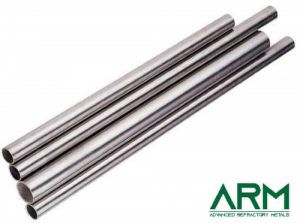
- Its incredible resistance to corrosion allows devices to endure tough chemical environments often found in biomedical settings.
- Tantalum’s ability to withstand high heat and remain stable makes it perfect for sterilizing equipment.
- But it’s tantalum’s friendliness to living tissue that truly sets it apart, ensuring its safety for direct medical applications.
Biomedical Research Breakthroughs
Devices made with tantalum capillaries are unlocking new possibilities in biomedical research.

They let scientists work with tiny fluid amounts in a controlled way, enabling the replication and exploration of complex living systems right in the lab. Tantalum capillaries are crucial for delving into cell behavior, how drugs interact with cells, and even the creation of new tissues. The accuracy and reliability of these devices may speed up our understanding of diseases and the development of new cures.
Revolutionizing Diagnostics
Tantalum capillaries in microfluidic devices are setting the stage for a revolution in diagnostics.
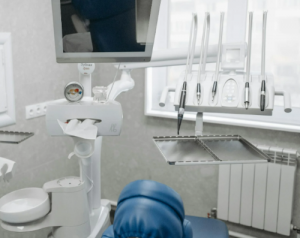
They use tantalum’s special properties to quickly and sensitively detect health indicators, germs, and more from small samples. Tantalum’s resistance to corrosion and compatibility with the human body make these tests not just fast but also trustworthy. This breakthrough could make advanced diagnostic tools more widely available, helping catch diseases earlier, even in places with limited resources.
Advancing Drug Delivery
One of the most thrilling uses for tantalum capillaries is in creating sophisticated drug delivery systems.
These systems control drug release with pinpoint accuracy, aiming to increase the effectiveness of treatments while cutting down on side effects. The compatibility and stability of tantalum make it ideal for implantable devices that deliver medication directly to where it’s needed in the body. This area of research is leading the charge toward personalized medicine and treatments tailored to individual needs.
Facing Challenges and Moving Forward
Despite their benefits, using tantalum capillaries in microfluidic devices isn’t without its hurdles.
- The expense and difficulty of shaping tantalum into delicate capillaries mean there’s a constant search for better, cheaper ways to make them.
- Additionally, making sure tantalum is pure and its surface is just right for specific medical uses might need new types of coatings or treatments.
Yet, the outlook for tantalum capillaries in microfluidics is bright. With ongoing improvements in how they’re made and a growing understanding of how tantalum interacts with biological materials, these devices are expected to become more common in healthcare and medicine.
Conclusion
In summary, tantalum capillaries are marking a major step forward in microfluidic device technology. As research and innovation march on, incorporating tantalum into microfluidics promises to spark breakthroughs in biomedical research, diagnostics, and personalized drug delivery (see Table 1.), changing the landscape of patient care and treatment outcomes for the better.
Table 1. Tantalum Capillaries in Microfluidic Technologies
| Field | Application | Impact |
| Biomedical Research | Study of cell behavior, drug-cell interactions, tissue engineering | Accelerates understanding of diseases, development of cures |
| Diagnostics | Detection of health indicators, pathogens from small samples | Enables early disease detection, especially in resource-limited settings |
| Drug Delivery | Sophisticated systems for controlled drug release | Promotes personalized medicine, reduces side effects of treatments |
Advanced Refractory Metals (ARM) stands at the forefront of supplying tantalum capillary tubes. ARM also makes efforts to tailor the tubes according to individual customer specifications. Send us an inquiry if you are interested.
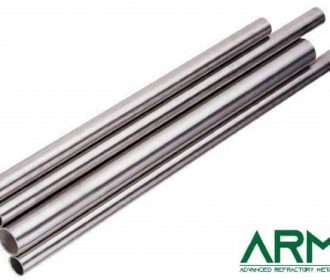
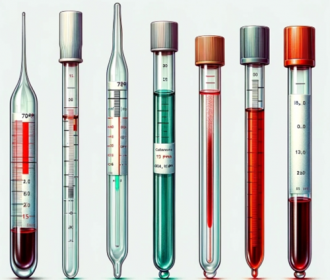
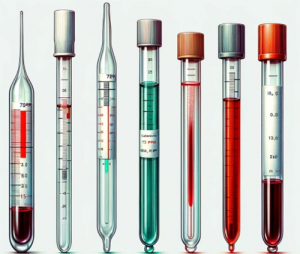

Recent Comments